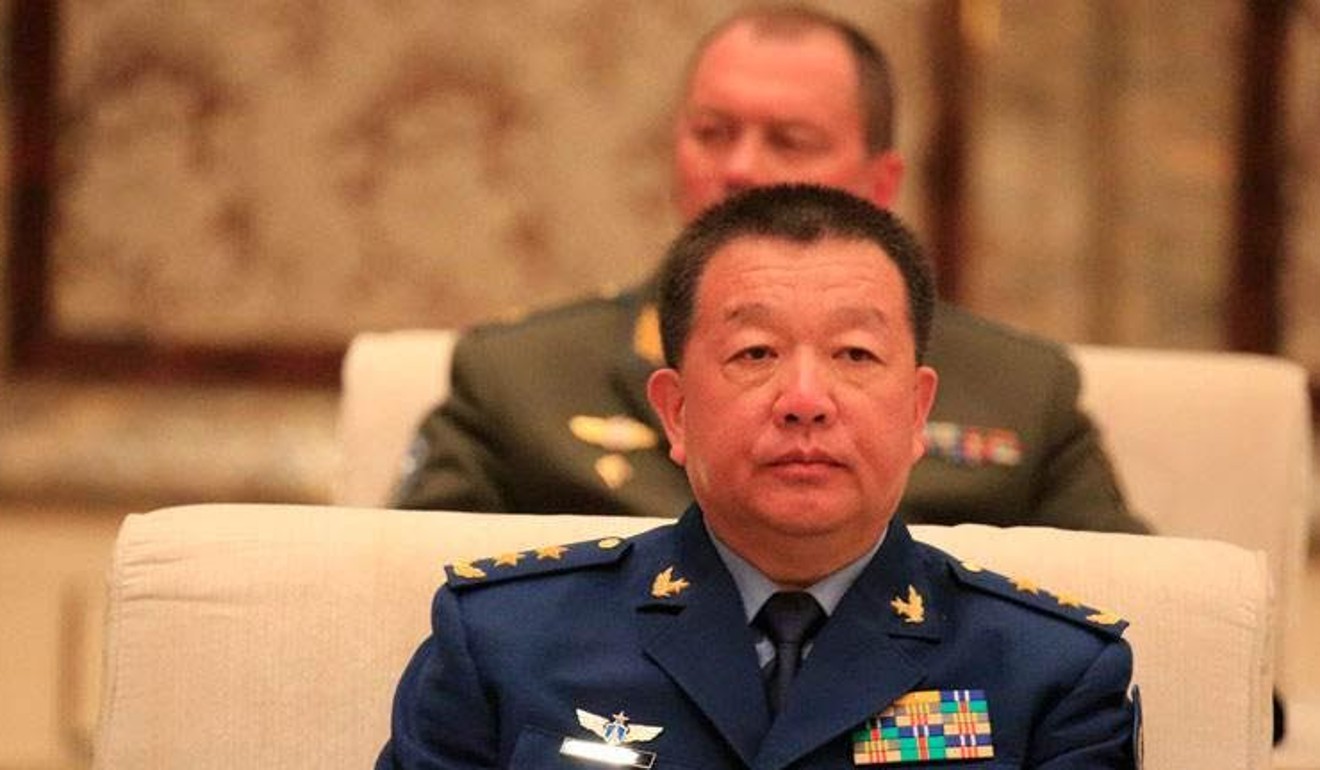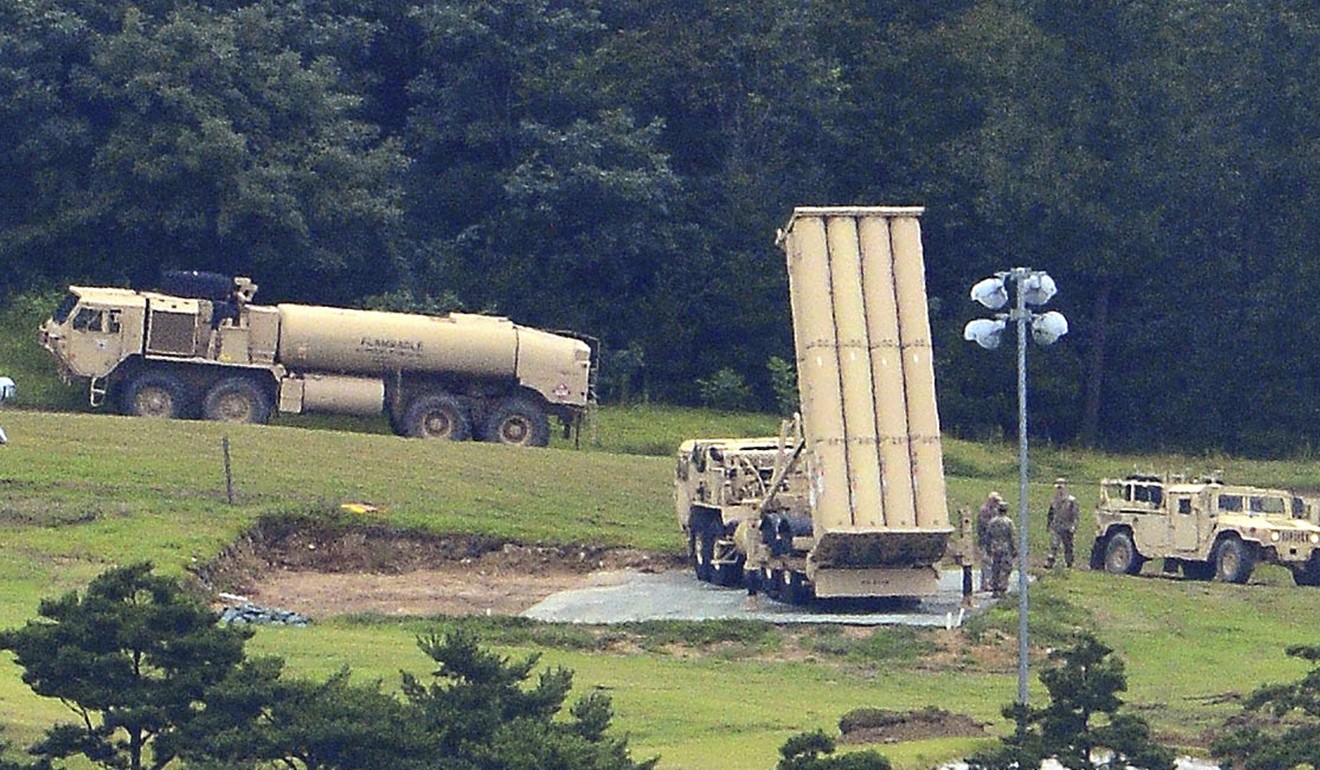
China, Russia wrap up anti-missile drills simulating ‘sudden and provocative attacks’
Analysts say week-long exercise was a clear response to mounting tensions over Pyongyang’s nuclear programme
China and Russia have finished a week of joint anti-missile drills simulating “sudden and provocative attacks” from an unspecified source, the Chinese defence ministry said on Sunday.
Analysts said the exercise scenario was a clear response to mounting tensions between Washington and Pyongyang over North Korea’s nuclear and missile programme.
The computer-simulated exercise, dubbed Airspace Security 2017, wrapped up on Saturday in Beijing, the defence ministry said in a statement. The People’s Liberation Army Air Force and Russian Aerospace Forces carried out drills in combat planning, commanding, firefighting coordination and other anti-missile operations, it said.
“The exercise focused on how to jointly cope with any sudden and provocative attack from ballistic and cruise missiles on the two countries’ territories,” the statement said, adding that both sides had made some breakthroughs during the drills.

Song Zhongping, a military commentator on Phoenix Television in Hong Kong, said the drills targeted the United States and North Korea.
“The main target of the joint drills between China and Russia is the US, which has both ballistic and cruise missiles that could pose a real threat to both Beijing and Moscow,” Song, a former member of the PLA’s Second Artillery Corps, which is now the Rocket Force, told the South China Morning Post.
“Both China and Russia wanted to use these joint anti-missile drills for strategic deterrence. They want to push the US to withdraw its Terminal High Altitude Area Defence (THAAD) from the Korean peninsula.”

China and Russia held similar drills in Moscow in May last year in response to the US and South Korea’s decision to deploy the THAAD system, which set off a diplomatic storm. The US started installing the anti-missile shield in March. Seoul said the system was needed to protect it from attacks from the North, but Beijing sees it as a threat to its security.
Beijing-based miliary expert Zhou Chenming said the joint anti-missile drills were also aimed at sending a warning to South Korea and Japan as the North Korea nuclear crisis escalated.
He added that Washington’s test flights of its powerful B61-12 gravity nuclear bomb had also pushed Pyongyang to work on an intercontinental ballistic missile that could send nuclear warheads to the United States.
“The North will definitely be in a better bargaining position when it has ICBM technology ... but if Washington still refuses to give any concessions and keeps up its threats to attack Pyongyang, tensions will continue to simmer and flare on the Korean peninsula,” Zhou said.
“China and Russia are very clear that they should cooperate with each other on anti-missile defence – they share common interests.”
But both Zhou and Song said the drills did not indicate China and Russia would set up an anti-missile defence system of their own.

